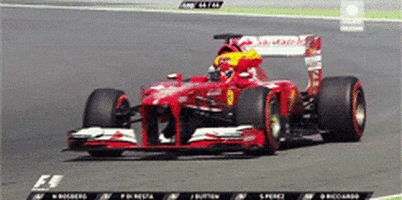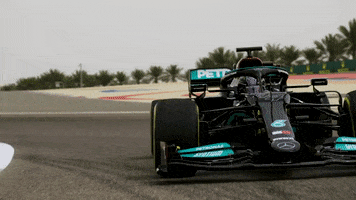So, how does Formula 1 move cars between races? It’s one of the biggest logistical moves in the world of sports.
The following written content via Yahoo
It’s one of the biggest logistical challenges in sport, but how do Formula 1 teams move hundreds of tons of equipment across the world, from week to week?

While it’s the two-hour race on the Sunday that grabs the attention, the business of moving cars, vital parts and personnel around the globe is a full-time, non-stop operation.
And it’s a challenge that ultimately sustains the title challenges of drivers such as Lewis Hamilton, Max Verstappen and the rest of the F1 grid, who will arrive at the track location on the Thursday of race week to find that the paddock has already been set up and their cars are ready to go.
The difficulty of such an operation is clear, however, due to F1’s relentless schedule. Next month, for example, sees the championship travel from Brazil halfway across the world to Qatar for a back-to-back, which could prove vital in Hamilton and Verstappen’s title battle.
It’s imperative, therefore, that everything is in the right place for race weekend.

How does F1 move cars between races?
First of all, it depends on where the race is. Formula 1 calendars are typically structured around the European races which take place in the middle months of the season. This makes it easier for teams to move equipment from country to country, as the distances between the races are much smaller.
For the European races, teams will drive all of their equipment to the tracks in special trucks. Once they arrive, everything is taken off the trucks and constructed on site. With the European section of the season often featuring several back-to-back races, teams are required to pack up and set off for the next location immediately after the race is finished. Teams will often employ several drivers so that the trucks can travel non-stop to their next location. Read more from Yahoo! Sports.
Subscribe here






